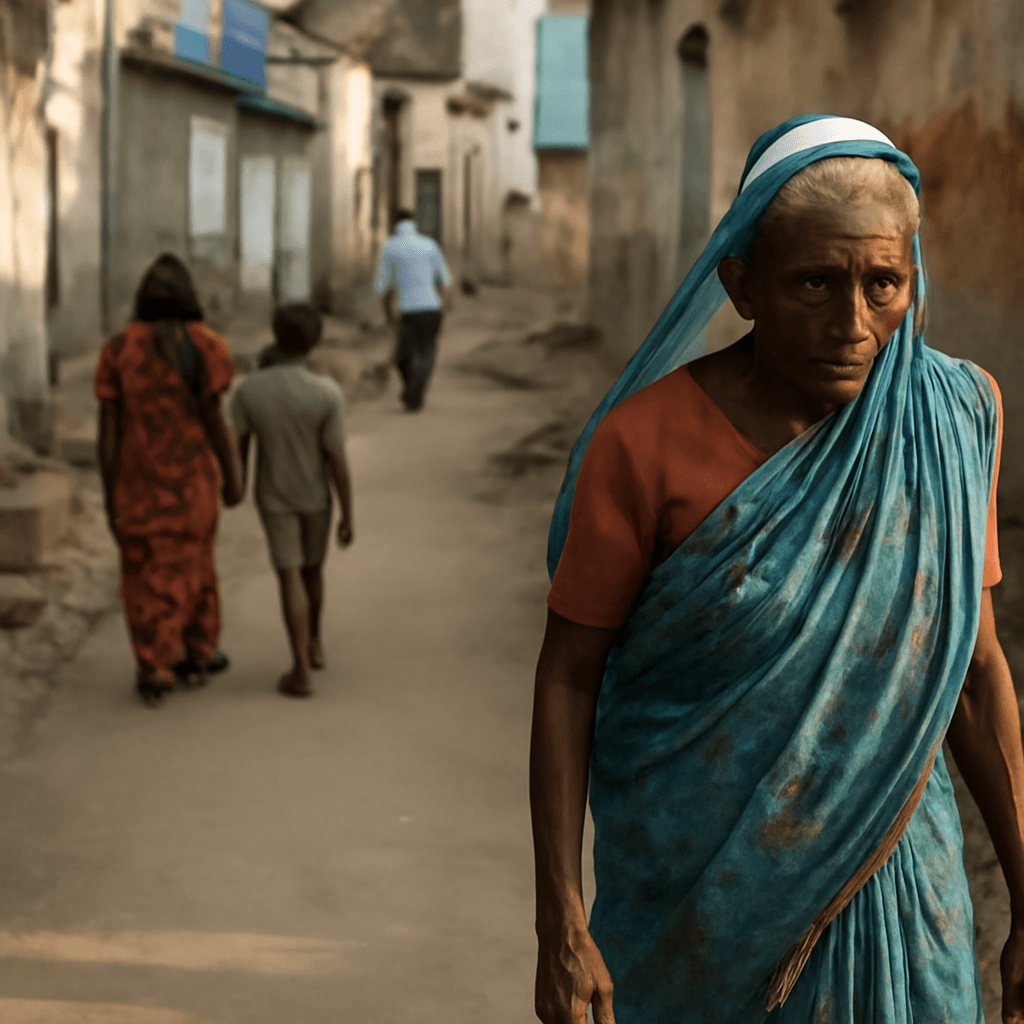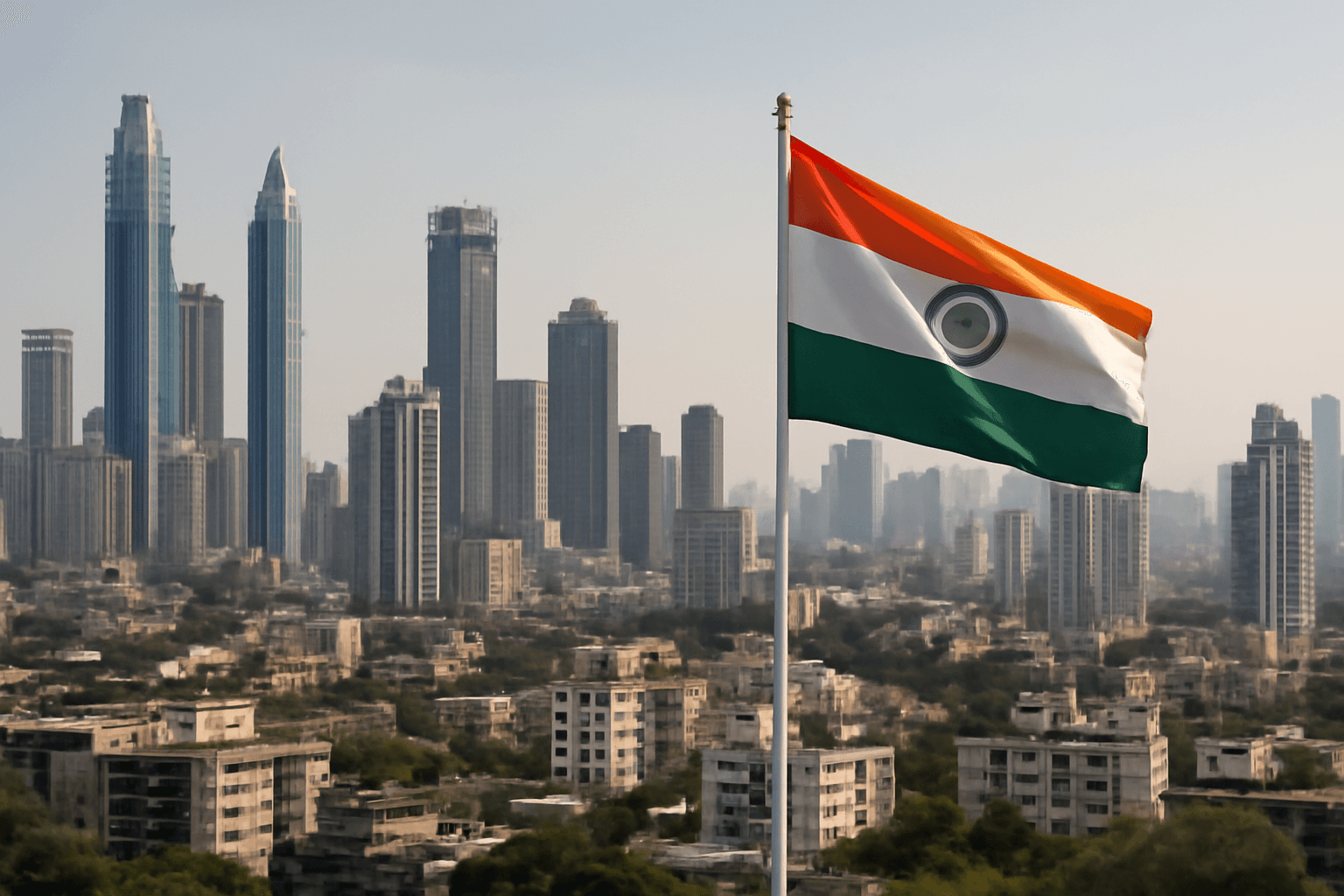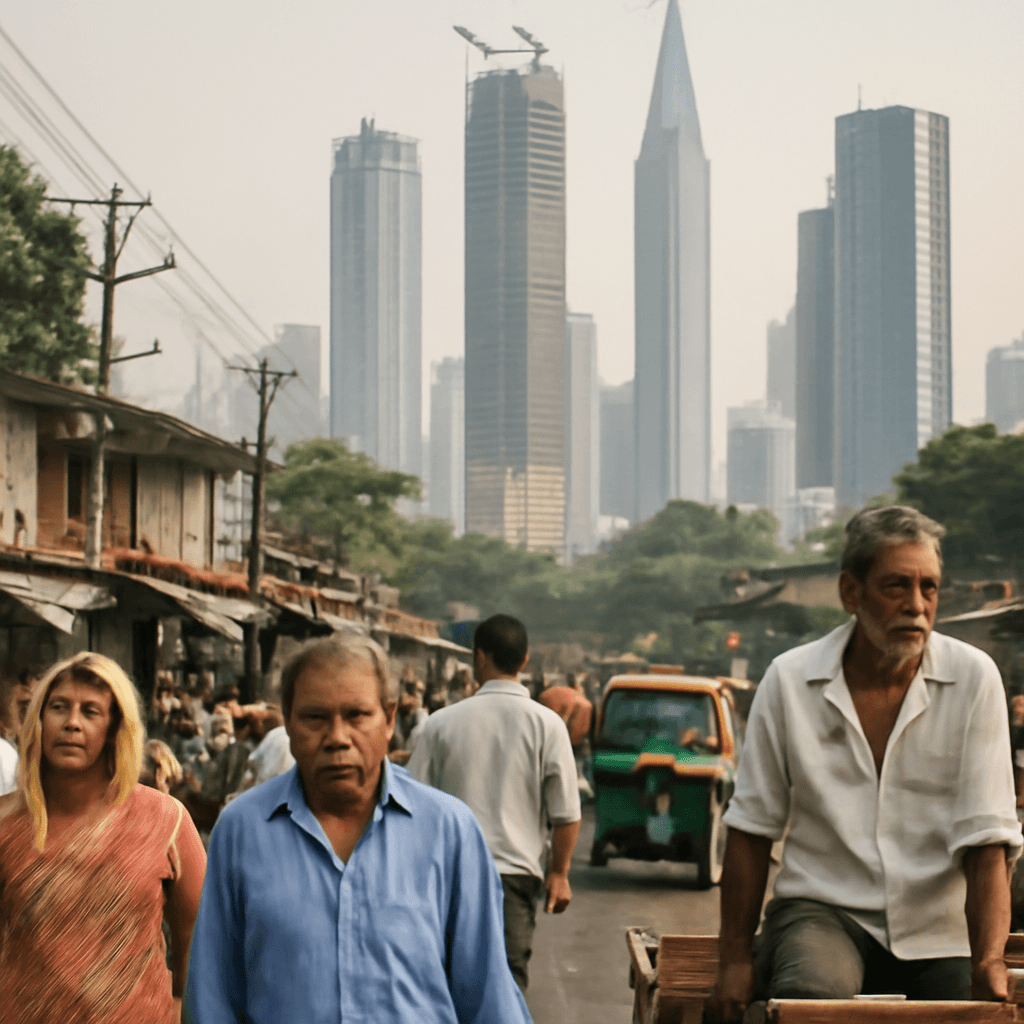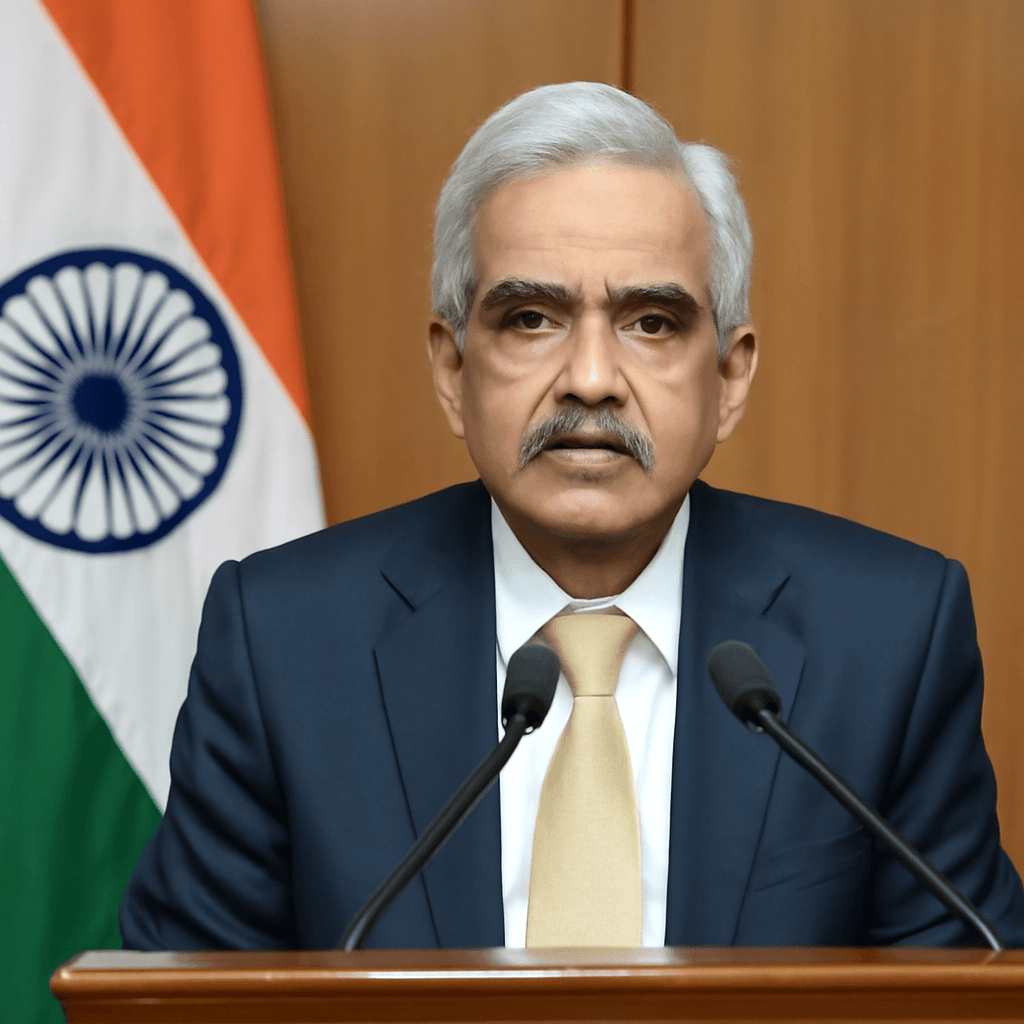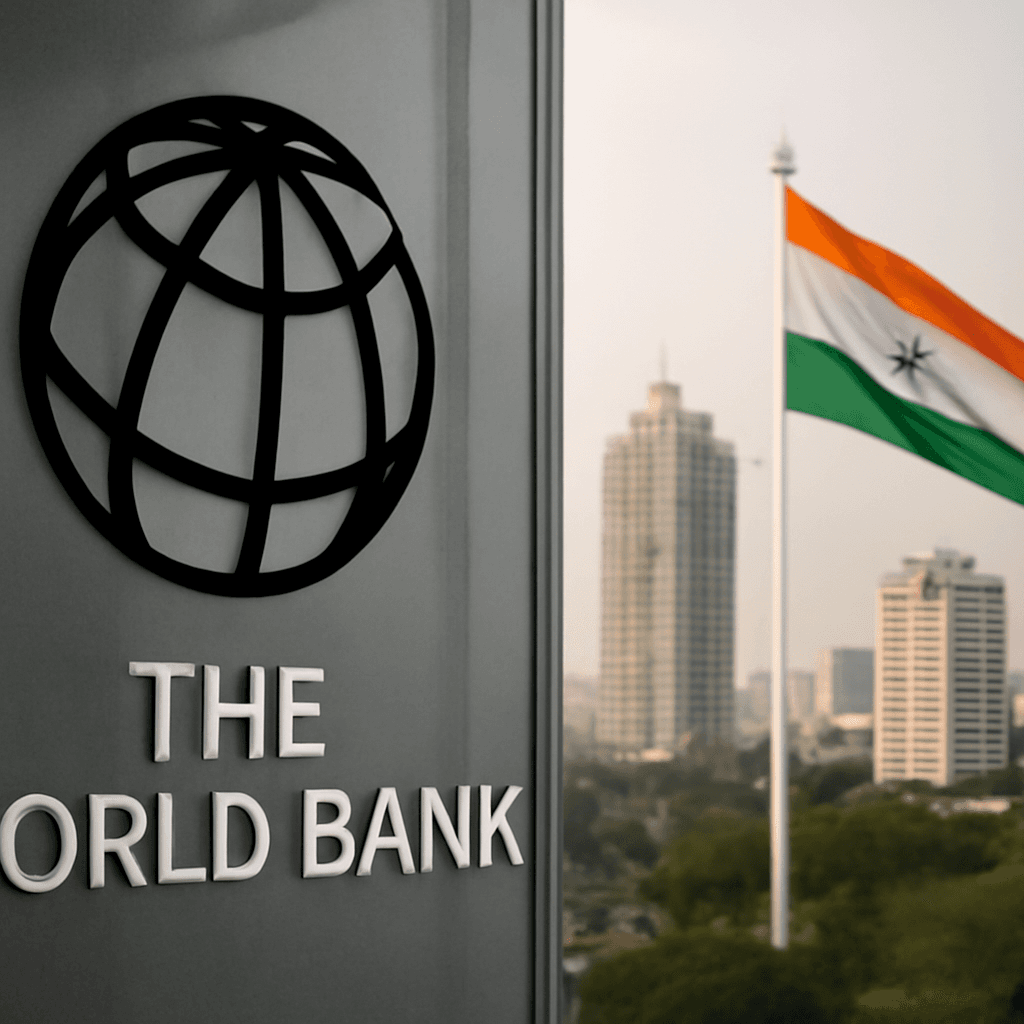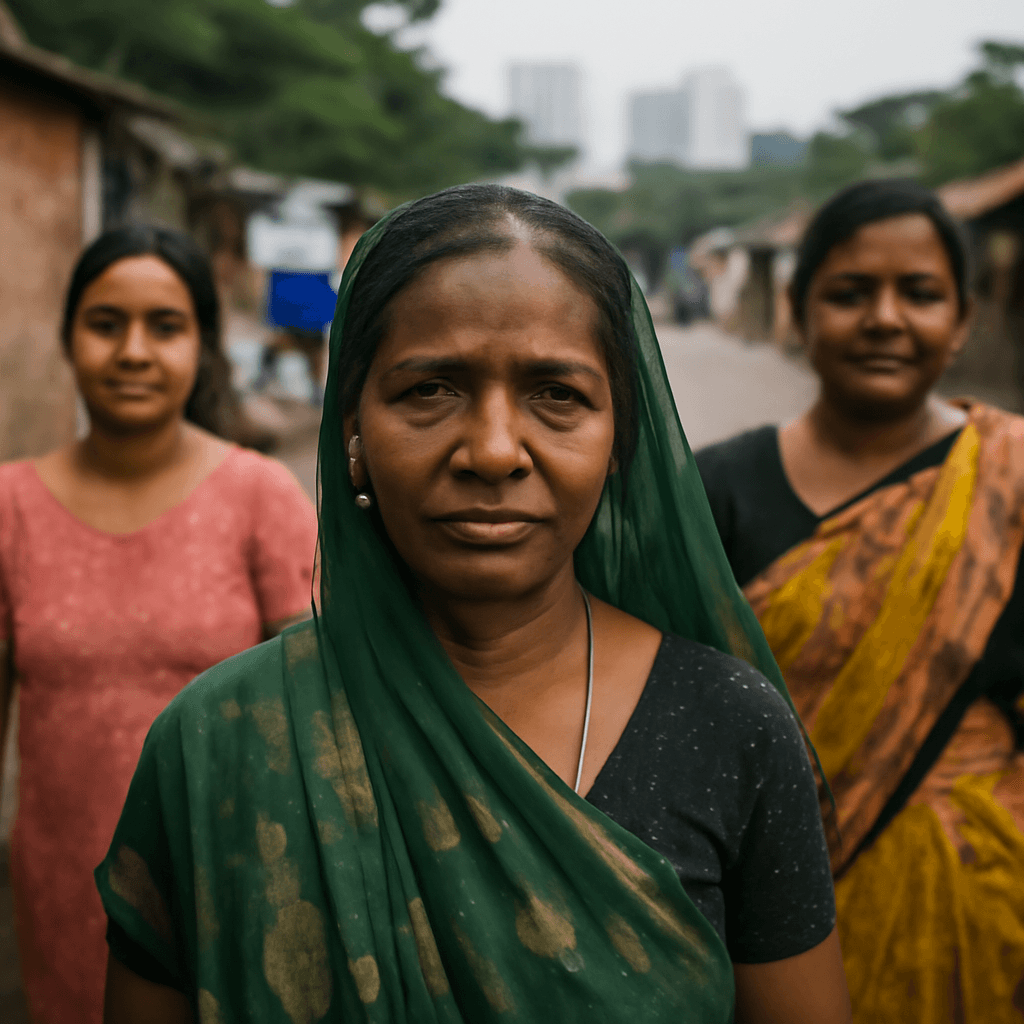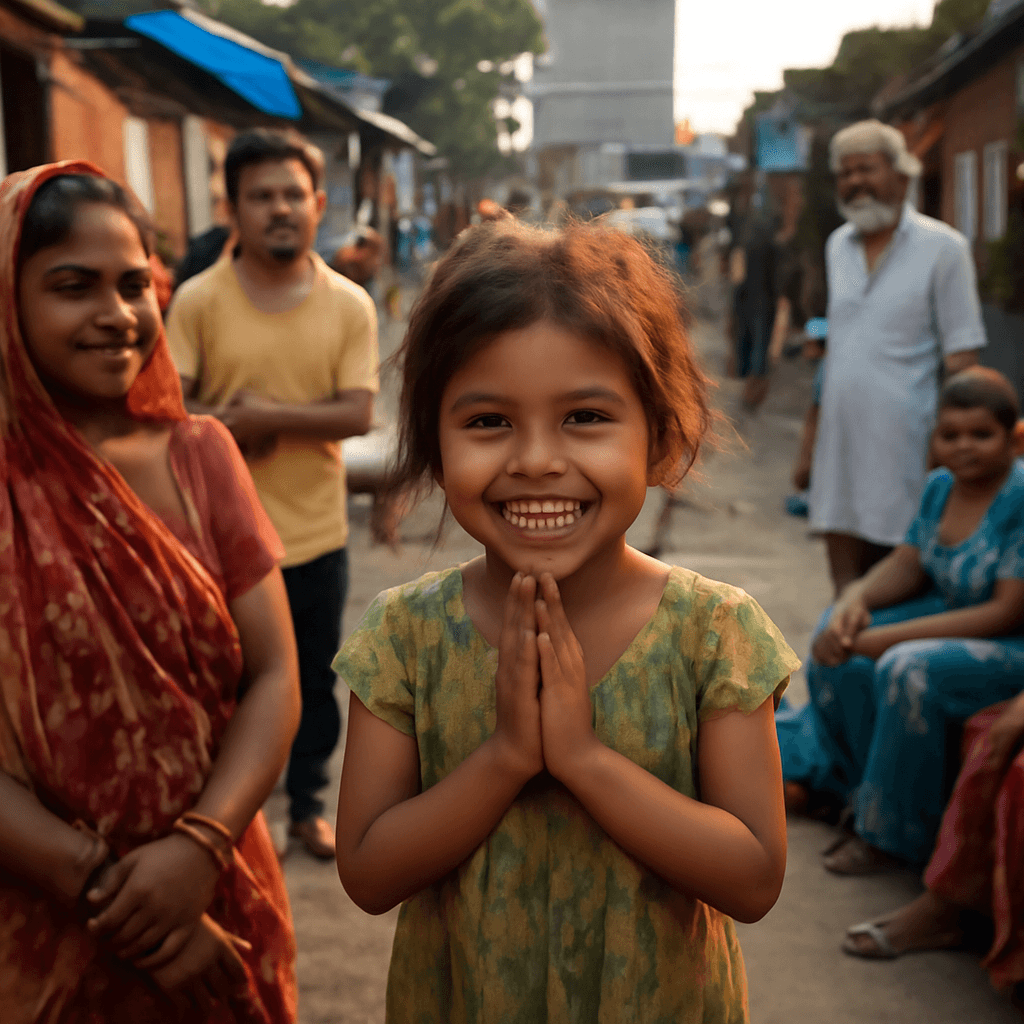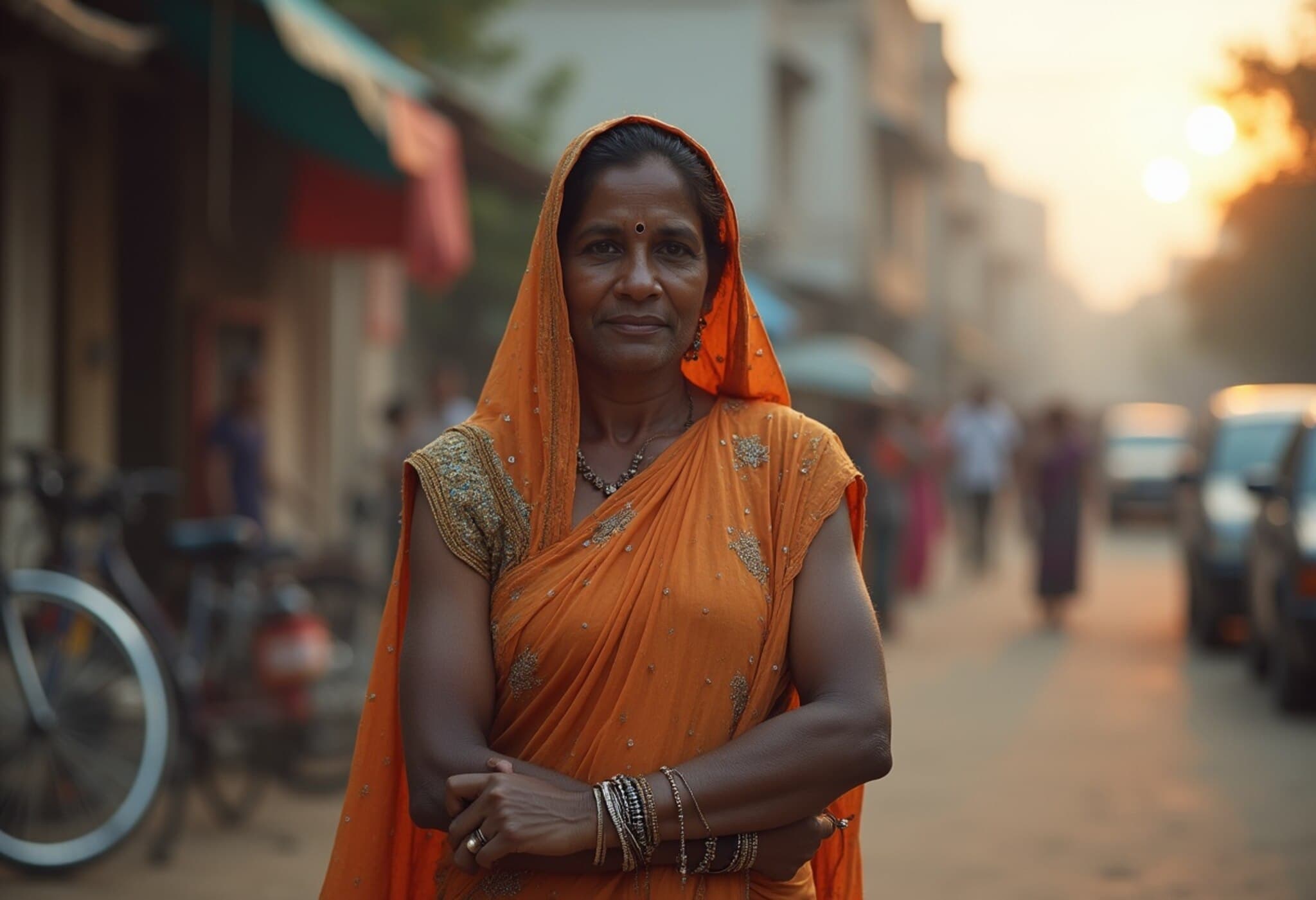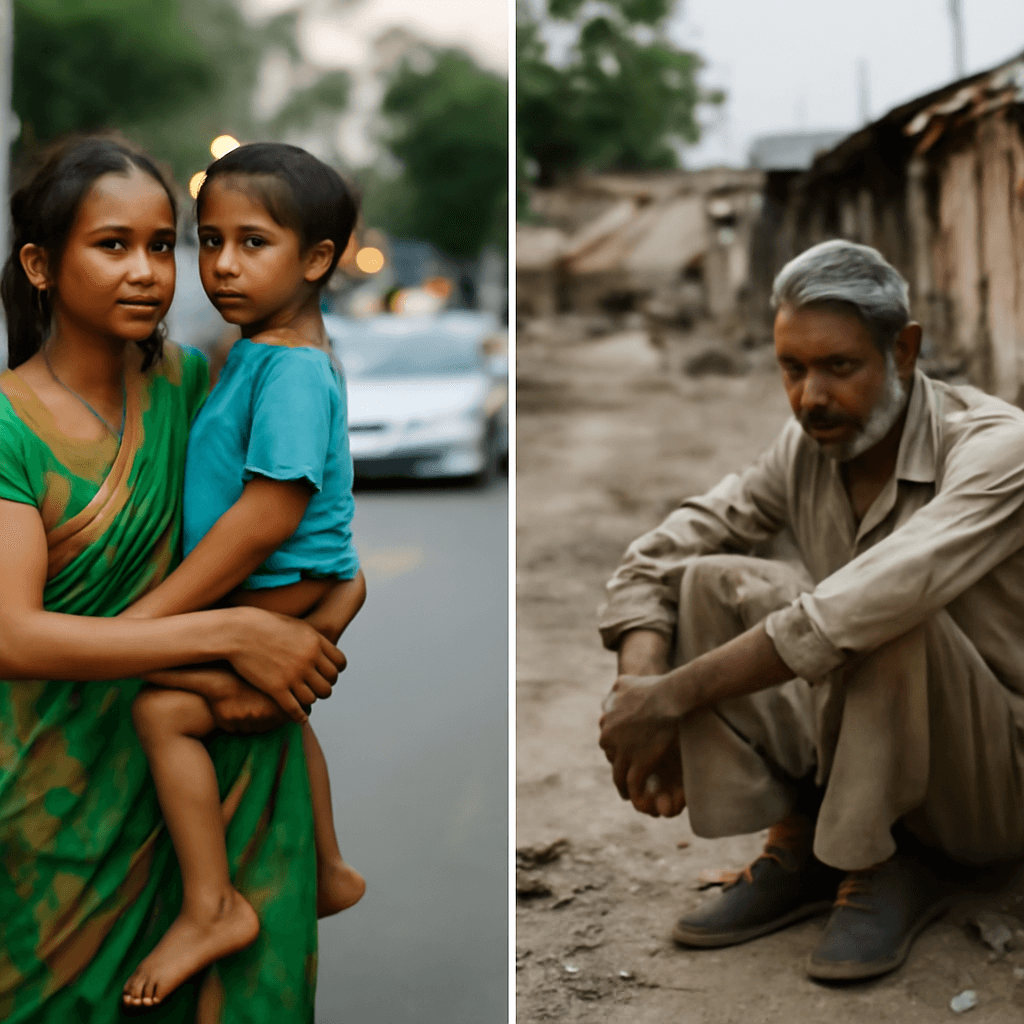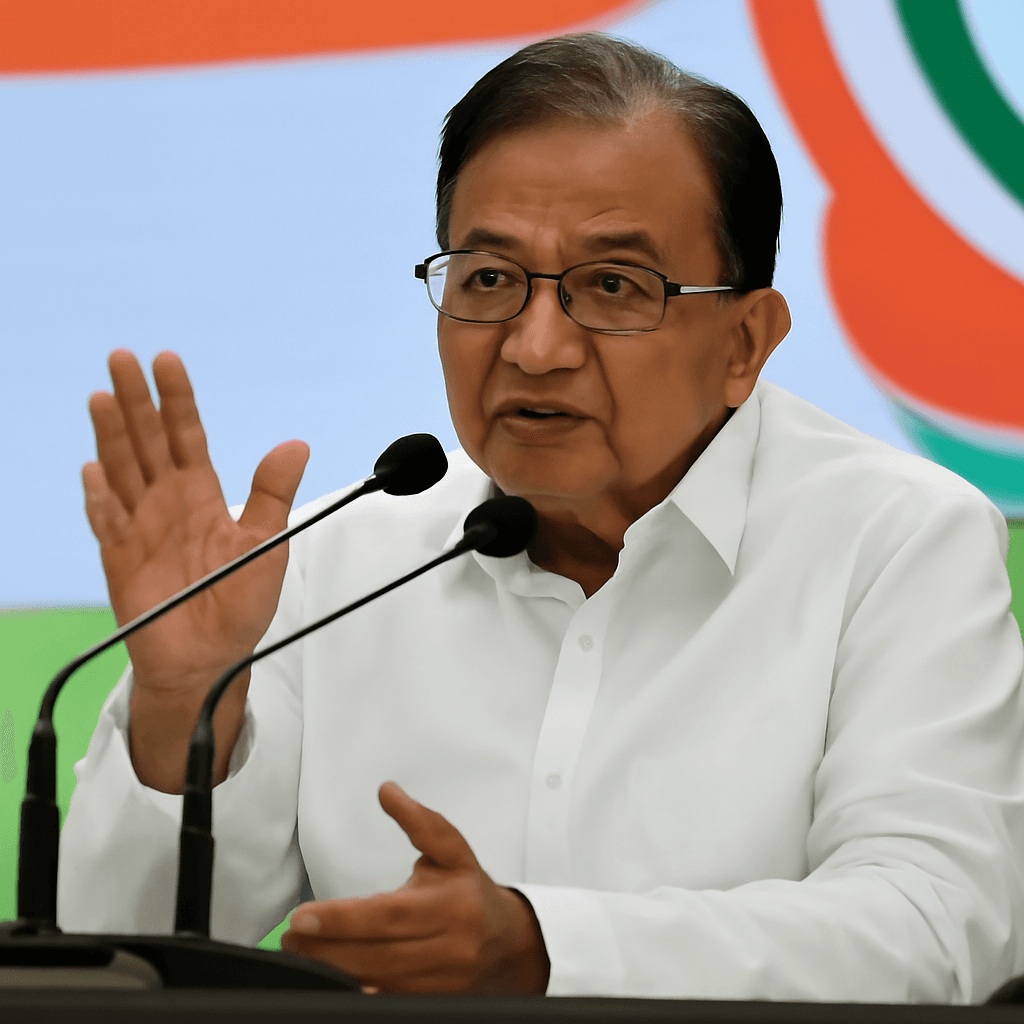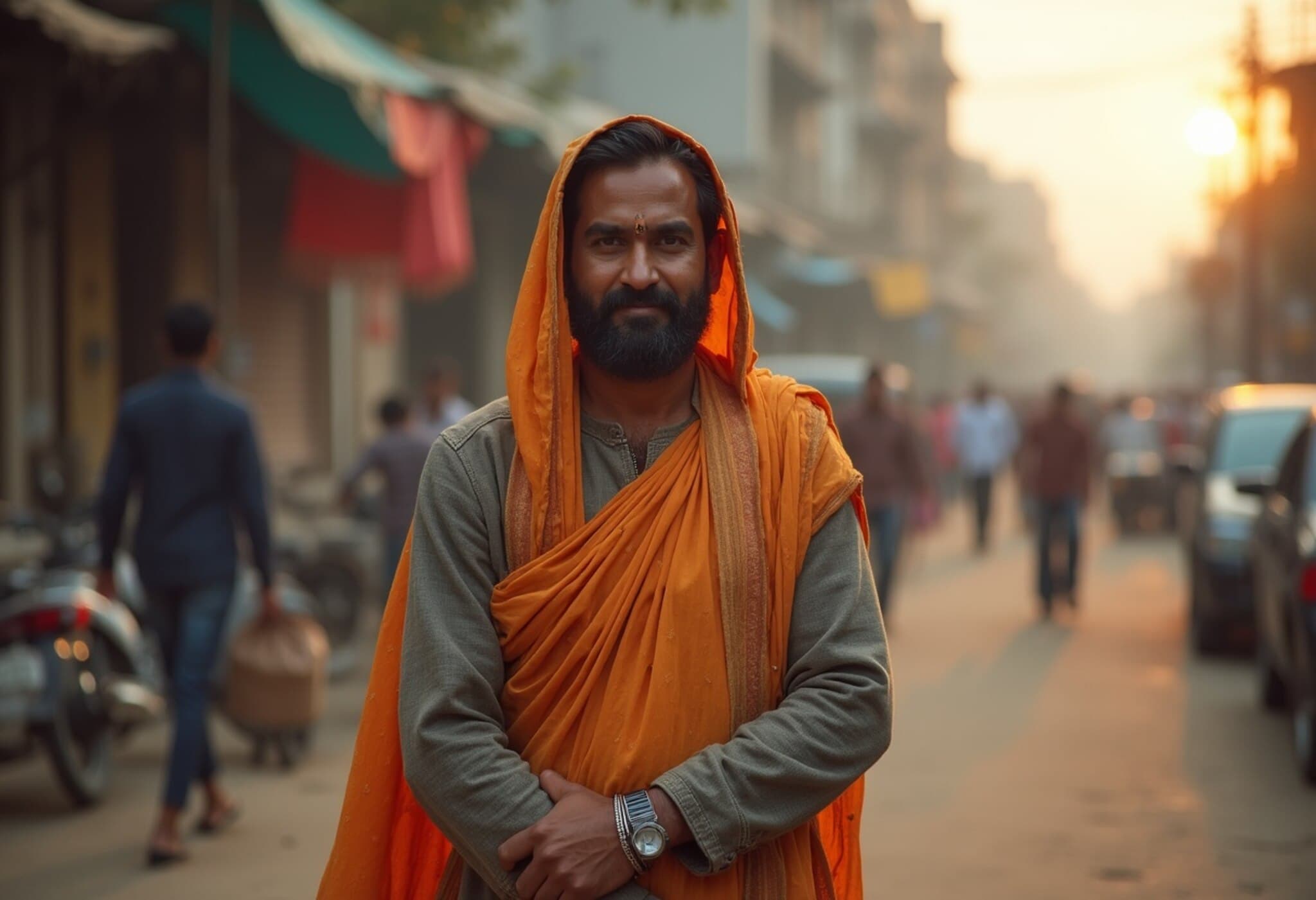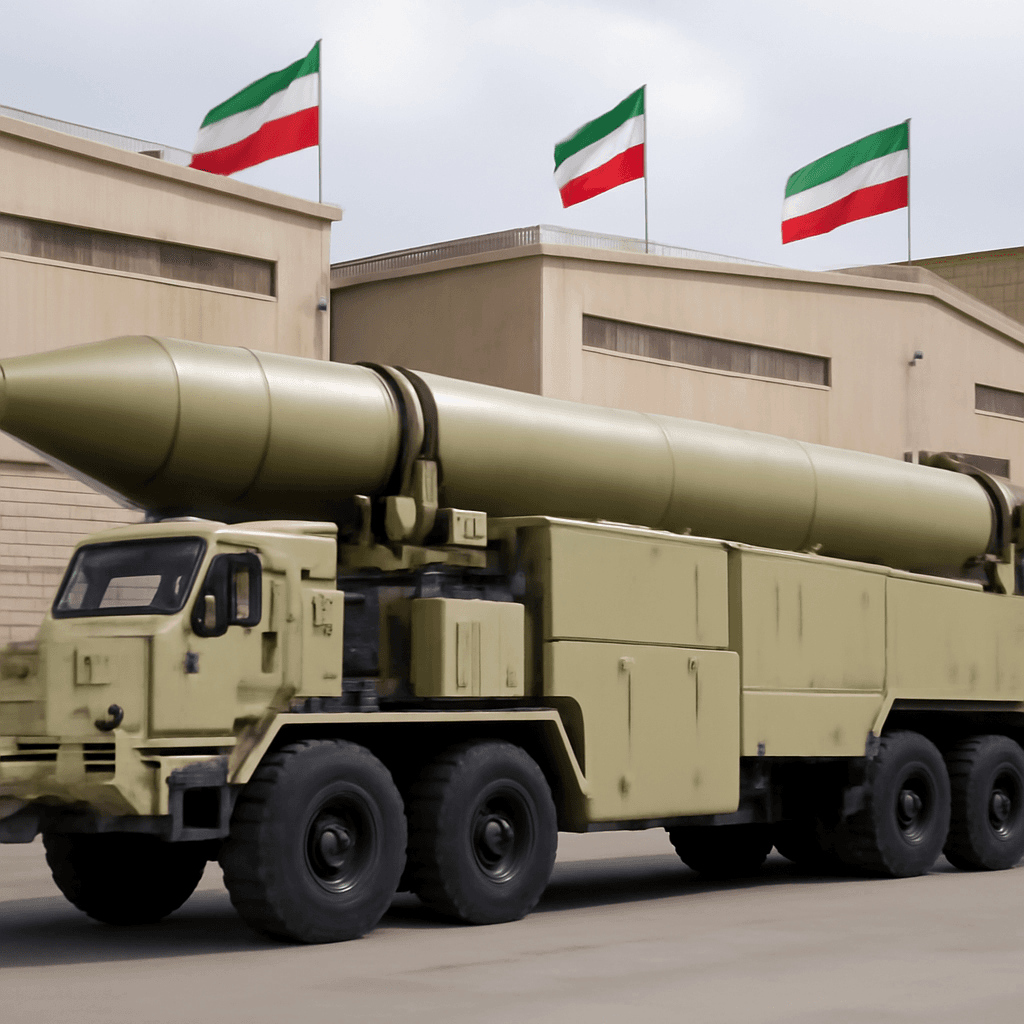Significant Decline in Extreme Poverty in India
India has witnessed a remarkable reduction in extreme poverty rates, according to data aligned with the World Bank's updated poverty threshold. The global institution raised the extreme poverty line from $2.15 to $3 per day, adjusting for inflation in 2021 prices. Under this revised benchmark, India’s extreme poverty rate fell sharply from 27.1% in 2011-12 to just 5.3% in 2022-23.
In absolute terms, the number of people living under this $3 per day threshold dropped from approximately 344.5 million to 75.2 million during this period.
Comparative Poverty Lines and Adjustments
Using the previous extreme poverty line of $2.15 per day (2017 prices), the rate was even lower, at about 2.3% in 2022-23, down from 16.2% in 2011-12. This translated to roughly 33.7 million people living below that earlier benchmark.
Domestic inflation adjustments from 2017 to 2021 suggest a comparable poverty threshold of approximately $2.60 per day, still lower than the new $3 per day line.
Lower-Middle-Income Poverty Line Trends
The poverty rate for the lower-middle-income category (LMIC) benchmark also declined significantly. The threshold was raised from $3.65 to $4.20 per day (both adjusted to 2021 prices). Under this category, the poverty rate decreased from 57.7% in 2011-12 to 23.9% in 2022-23, with numbers falling from roughly 732 million to 342 million.
Interestingly, when adjusted for domestic inflation, the revised $4.20 line represents a slightly lower real threshold compared to the inflation-adjusted earlier $3.65 line (around $4.40), contributing to the observed reduction in poverty rate despite the increased dollar amount.
Urban and Rural Poverty Improvements
Disaggregating the data shows that rural poverty under the $3.65/day line declined from 69% to 32.5%, while urban poverty dropped from 43.5% to 17.2% between 2011-12 and 2022-23.
Educational attainment also correlates with poverty levels: in 2022-23, about 35.1% of individuals aged over 16 without any schooling lived below the poverty line, compared to 14.9% for those with post-secondary education.
Non-Monetary Poverty and Consumption Growth
The multidimensional poverty index (MPI), which accounts for income, education, water access, sanitation, and electricity, reflects notable improvements. India's MPI fell from 53.8% in 2005-06 to 15.5% in 2022-23.
Separate official estimates indicate a reduction in multidimensional poverty from 29.17% in 2013-14 to 11.28% in 2022-23.
Household consumption data further supports rising living standards. Adjusted for 2011-12 prices, average rural monthly consumption per person climbed by 45.4% to Rs 2,079 in 2023-24, while urban consumption grew by 38%, reaching Rs 3,632.
Looking Ahead: Upcoming Poverty Data
The next set of poverty statistics for 2023-24 is expected to be released in October through the Poverty and Inequality Platform (PIP). These figures will offer updated insights into the country’s socio-economic progress.

